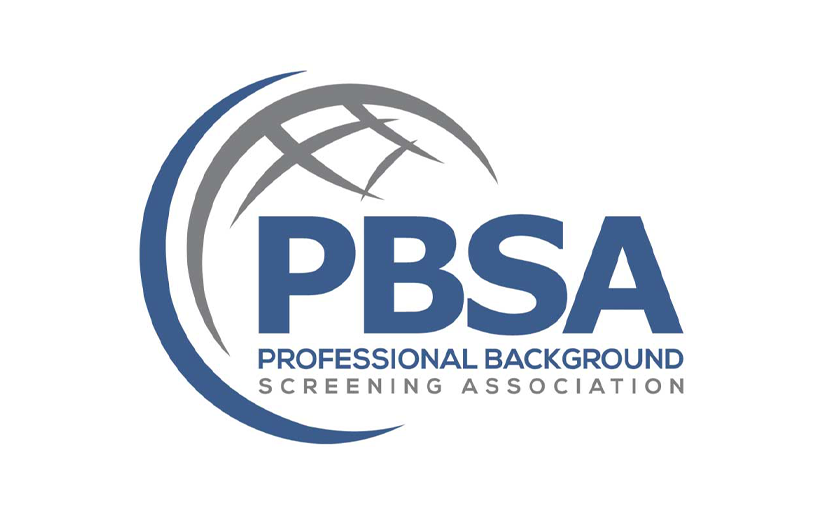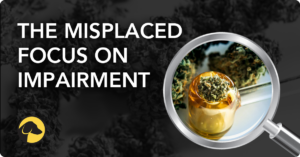
Marijuana Legalization, Testing and Impairment
Marijuana Legalization, Testing and Impairment
By Nina M. French and Doug Boxer
As more states legalize marijuana use, employers, providers and legislators grapple with the interplay between legal use, impairment and safety risks at work. The drug testing programs that employers have historically used as an effective deterrence and detection tool are no longer useful when addressing marijuana. In the era of legal marijuana, a new workplace testing strategy is needed that allows for legal off-hours use but also effectively manages safety and reputational risk at work.
CHANGING DRUG TESTING STRATEGY
When employee drug testing began in the U.S., marijuana’s place in policy and testing was the same as for other Federal Schedule I drugs. If an employee or candidate tested positive for past use of heroin, methamphetamine, cocaine, or marijuana, the employer could make a negative employment or hiring decision. This policy is commonly known as “zero tolerance.” Zero-tolerance drug testing policies worked effectively. Workplace drug testing provides well-documented cost containment and deterrence that has been an important part of most employers’ risk mitigation strategy. But now that marijuana use is legal in 35 states and more state-level legalization is likely, zero tolerance is no longer a viable option for many employers.
As a result, Consumer Reporting Agencies and Third Party Administrators that offer drug testing as a key product to employers should update their service offerings. Employers need a new drug testing strategy that accommodates legal off-hours use of marijuana while still providing a deterrent and detection of use before or at work, where it causes safety and reputational risk for employers.
For employers, it is common sense that marijuana use changes behavior in a way that creates safety and reputational risk. Studies from the National Highway Traffic Safety Administration show that the period of peak impairment is short – about three hours after consumption. With legal cannabis use ever increasing, the relevant question is no longer IF an employee used sometime in the past, but rather WHEN that employee used. If off-hours use is legal, what really matters to employers is use just before or at work, during this peak impairment window.
Service providers need a drug test that identifies only recent use of marijuana to help employers make this WHEN finding. Existing tests using urine, hair, and oral fluid cannot distinguish very recent use from past off-hours use and therefore they cannot provide employers with the data that is now required to make fair, and in some states legal, employment decisions.
Policymakers in various states have seen the flaws with these tests and have implemented “off-duty use” protections. The “off-duty” statutes prohibit employers from taking an adverse employment action against an employee who engaged in a legal activity on his or her own time. In these states, employers need a test that can determine very recent use.
MOVING FORWARD
As a Consumer Reporting Agency or Third Party Administrator providing drug testing as a key service, understanding the uses and limitations of existing drug tests as they apply to legal or socially accepted cannabis use is critical. It is also important to understand that employers have come to depend on the use of drug testing as an effective deterrent in their workplace.
Getting ahead of the issue is key. Once a client contacts you asking to drop marijuana testing from their panel, it will be difficult to reverse that decision. Remember, a corporate decision without guidance from you on the costs and implications of dropping marijuana testing can be very costly for your clients. Drug testing is effective, and marijuana is the single most used drug next to alcohol. Its increased availability and acceptance will likely only expand use – including use at work.
Providing guidance and testing services that focus on when employees used cannabis allows employers to continue to have successful drug testing programs that maintain safety and deter use before or at work.
Here are some things you can do to help your customers:
- Advise employers to communicate new policies stating that employees are not allowed to use marijuana before or at work.
- Encourage employers to communicate that new drug testing programs (which replace zero-tolerance) are fairer to employees who legally use during off-work hours.
- Encourage employers to add a marijuana test that only detects very recent use to their existing drug testing program.
- Check state laws to confirm what is prohibited and accepted in state-level marijuana legislation.
- Stay informed and communicate to your clients proactively. Inform them of new laws, new restrictions, and new technologies that protect their employees while protecting their brand and profits.
In a time of changing legal landscape, testing providers have a great opportunity to evolve and help their customers implement new drug testing programs that are effective in the current era.
Nina M. French, Hound Labs
President, Employer + Law Enforcement Solutions
Doug Boxer, Hound Labs
Chief, Policy + Strategic Initiatives
Originally prepared for and published by PBSA in the May-June 2021 edition of the Journal. Read the full issue here: https://thepbsa.org/resources/publications/
May 1, 2021
By 3rd Party
Share












